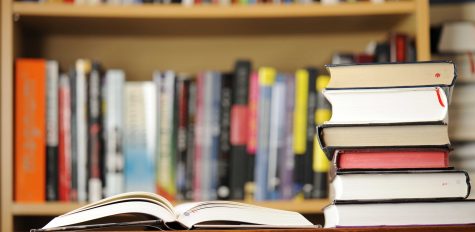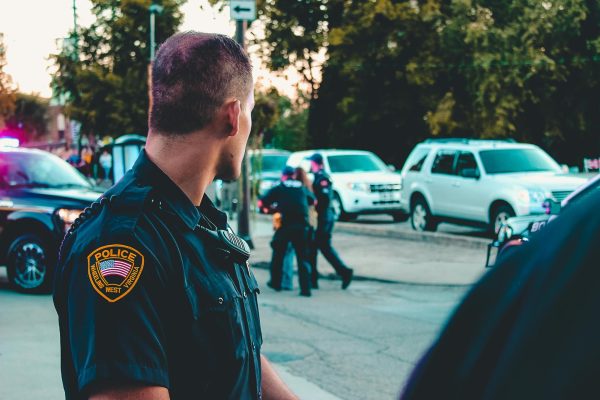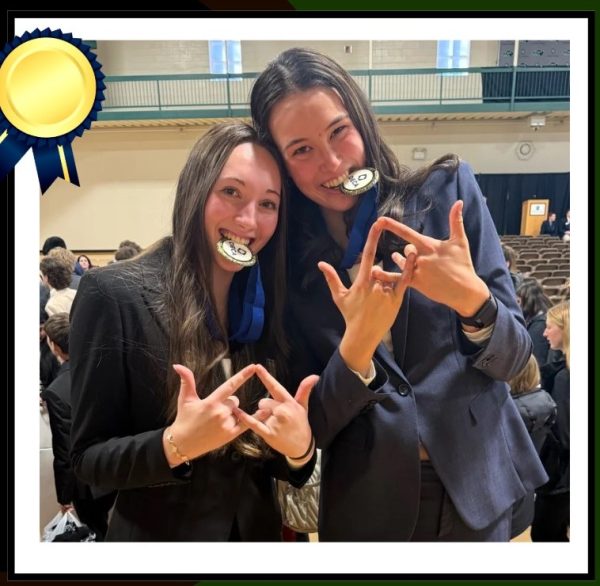NEASC Reaccreditation Provides Opportunity for Improvement
Nashoba has constantly received high ratings as one of the top high schools in Massachusetts but, as a community, they must work hard at maintaining its prestige and education quality. First accredited by the New England Association of Schools and Colleges in 1962, the high school completes a re-accreditation process every ten years.
This process started last year with the development of the new mission statement, core values, and school-wide rubrics, steps taken to prepare for the “self-study” taking place this year. Mr. Sakellarion heads the efforts of the process, organizing teachers into different committees to address each of the seven standards for accreditation. Committees are asked to reflect upon and assess how well Nashoba meets the standards of meeting student needs in areas such as core beliefs, curriculum, cooperation, and school culture.
Students have played a role in this process as well, providing “customer feedback” in the form of surveys. Sakellarion said that in the future, students will have to complete more “organized and formal means” to give feedback not only for the NEASC accreditation process but on teachers, administration, and the district as a way to encourage constant improvements.
A large part of the student feedback has been the student body response to the school’s new mission statement, “I-CARE@Nashoba,” emphasizing the importance of Integrity and Nashoba’s efforts to Communicate, Achieve, Relate, and Engage. Sakellarion says that all student opinions are valuable because it shows the words are “out in the community” and have had an impact on students.
Although many associate the 21st Century Learning Expectations with Nashoba’s use of technology, Sakellarion clarifies, “It’s about knowing how to judge information, knowing how to make decisions for yourself based on different sources of information, being a good judge of character.” He says that these skills help students navigate through the electronic and social-media world, but at their core are skills that “would have proven as useful 2,000 years ago.”
Thus far, Sakellarion believes Curriculum is Nashoba’s strongest suit of the 21st Century NEASC standards saying that Nashoba has done an impressive job preparing students for colleges with knowledgeable teachers and curriculum adapted to fit students’ needs. Sakellarion’s dedication shows as he searches for areas of improvement, saying, “We can do a better job preparing students for other life avenues that don’t involve four-year colleges.”
Nashoba will not receive feedback until the end of next year, after NEASC representatives make their team visit to evaluate the school, but Sakellarion is already emphasizing the importance and benefits of the school review.
“You have to take that information out to the community, make it well-known, and repeatedly say, ‘Here’s what we can improve, here’s our agenda, our priorities to pursue” and be persistent about it,” Sakellarion said.
The NEASC reaccreditation process is about more than receiving a grade; it’s a culmination of work that requires the student body and teachers to cooperate and reflect, continually working to ensure the highest quality of education Nashoba can provide.





